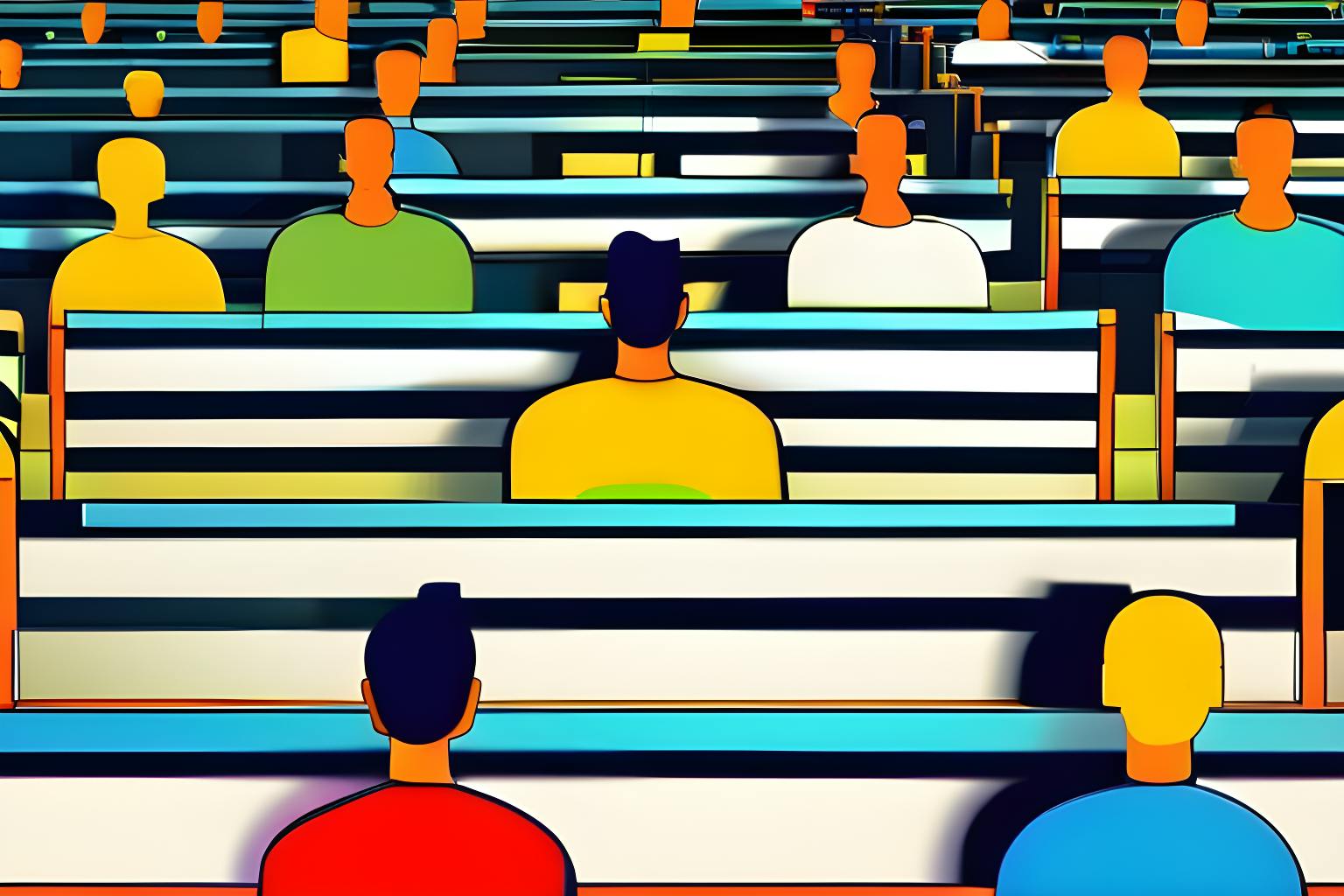Oracle vs. Google (2014) Court Filing, retrieved on May 9, 2014, is part of HackerNoon’s Legal PDF Series. You can jump to any part in this filing here. This is part 5 of 16.
DISCUSSION: I. ORACLE’S APPEAL
It is undisputed that the Java programming language is open and free for anyone to use. Except to the limited extent noted below regarding three of the API packages, it is also undisputed that Google could have written its own API packages using the Java language. Google chose not to do that. Instead, it is undisputed that Google copied 7,000 lines of declaring code and generally replicated the overall structure, sequence, and organization of Oracle’s 37 Java API packages. The central question before us is whether these elements of the Java platform are entitled to copyright protection. The district court concluded that they are not, and Oracle challenges that determination on appeal. Oracle also argues that the district court should have dismissed Google’s fair use defense as a matter of law.
According to Google, however, the district court correctly determined that: (1) there was only one way to write the Java method declarations and remain “interoperable” with Java; and (2) the organization and structure of the 37 Java API packages is a “command structure” excluded from copyright protection under Section 102(b). Google also argues that, if we reverse the district court’s copyrightability determination, we should direct the district court to retry its fair use defense.
“When the questions on appeal involve law and precedent on subjects not exclusively assigned to the Federal Circuit, the court applies the law which would be applied by the regional circuit.” Atari Games Corp. v. Nintendo of Am., Inc., 897 F.2d 1572, 1575 (Fed. Cir. 1990). Copyright issues are not exclusively assigned to the Federal Circuit. See 28 U.S.C. § 1295. The parties agree that Ninth Circuit law applies and that, in the Ninth Circuit, whether particular expression is protected by copyright law is “subject to de novo review.” Ets-Hokin v. Skyy Spirits, Inc., 225 F.3d 1068, 1073 (9th Cir. 2000).[3]
We are mindful that the application of copyright law in the computer context is often a difficult task. See Lotus Dev. Corp. v. Borland Int’l, Inc., 49 F.3d 807, 820 (1st Cir. 1995) (Boudin, J., concurring) (“Applying copyright law to computer programs is like assembling a jigsaw puzzle whose pieces do not quite fit.”). On this record, however, we find that the district court failed to distinguish between the threshold question of what is copyrightable— which presents a low bar—and the scope of conduct that constitutes infringing activity. The court also erred by importing fair use principles, including interoperability concerns, into its copyrightability analysis.
For the reasons that follow, we conclude that the declaring code and the structure, sequence, and organization of the 37 Java API packages are entitled to copyright protection. Because there is an insufficient record as to the relevant fair use factors, we remand for further proceedings on Google’s fair use defense.
[3] The Supreme Court has not addressed whether copyrightability is a pure question of law or a mixed question of law and fact, or whether, if it is a mixed question of law and fact, the factual components of that inquiry are for the court, rather than the jury. Relatedly, it has not decided the standard of review that applies on appeal. Ten years ago, before finding it unnecessary to decide whether copyrightability is a pure question of law or a mixed question of law and fact, the Seventh Circuit noted that it had “found only a handful of appellate cases addressing the issue, and they are split.” Gaiman v. McFarlane, 360 F.3d 644, 648 (7th Cir. 2004). And, panels of the Ninth Circuit have defined the respective roles of the jury and the court differently where questions of originality were at issue. Compare North Coast Indus. v. Jason Maxwell, Inc., 972 F.2d 1031, 1035 (9th Cir. 1992), with Ets-Hokin, 225 F.3d at 1073. More recently, several district courts within the Ninth Circuit have treated copyrightability as a question for only the court, regardless of whether it is a pure question of law. See Stern v. Does, No. 09-1986, 2011 U.S. Dist. LEXIS 37735, *7 (C.D. Cal. Feb. 10, 2011); Jonathan Browning, Inc. v. Venetian Casino Resort LLC, No. C 07-3983, 2009 U.S. Dist. LEXIS 57525, at *2 (N.D. Cal. June 19, 2009); see also Pivot Point Int’l, Inc. v. Charlene Prods., Inc., 932 F. Supp. 220, 225 (N.D. Ill. 1996) (Easterbrook, J.) (citing to Markman v. Westview Instruments, Inc., 517 U.S. 370 (1996), and concluding that whether works are copyrightable is a question which the “jury has nothing to do with”). We need not address any of these questions, because the parties here agreed that the district court would decide copyrightability, and both largely agree that we may undertake a review of that determination de novo.
Continue Reading Here.
About HackerNoon Legal PDF Series: We bring you the most important technical and insightful public domain court case filings.
This court case 10-CV-3561 retrieved on September 22, 2023, from law.justia.com is part of the public domain. The court-created documents are works of the federal government, and under copyright law, are automatically placed in the public domain and may be shared without legal restriction.

